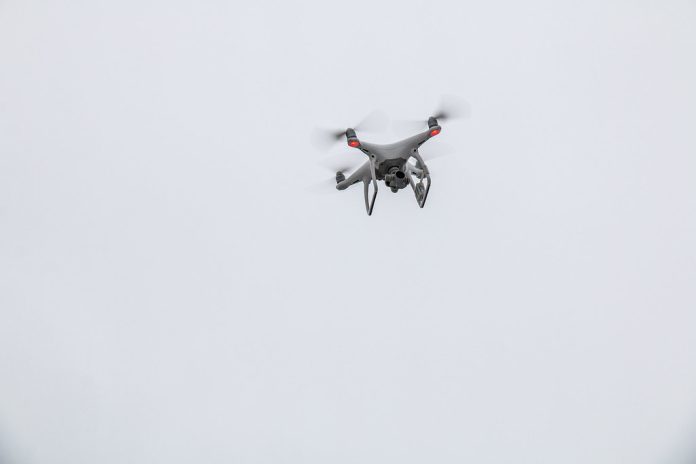
In one night, Ukrainian drones allegedly destroyed several Russian helicopters and knocked out a rare long-range radar system in occupied Crimea. The mission, conducted by the Defense Intelligence of Ukraine’s Prymary unit, highlights how unmanned systems are changing the nature of the battlefield and undermining traditional air power.
This recent attack is all part of a larger trend: precision drone attacks on high-value targets deep behind enemy lines. The multi-role Mi-8 helicopters, the Nebo-U radar these attacks not only cost millions in materiel damage but hit at the very center of Russia’s layered air defense system. Here are seven things to know about this operation and what it means for future conflict.
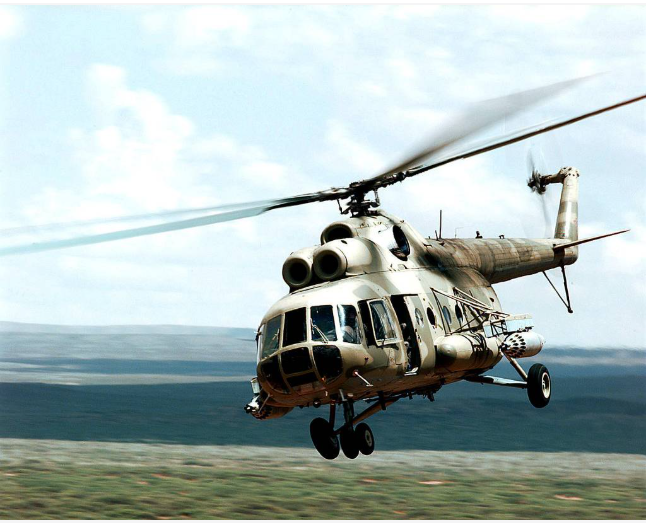
1. Three Russian Helicopters Destroyed in One Night
Combat video footage released by the DIU depicted a minimum of three multipurpose helicopters under drone attack, with one Mi-8 confirmed destroyed through satellite imagery. The Mi-8 Soviet-designed workhorse performs roles ranging from troop transport to strike mission. The other two helicopters’ fate is unclear, but the video recorded direct hits a rare glance at the vulnerability of rotary-wing assets to today’s drone attacks.
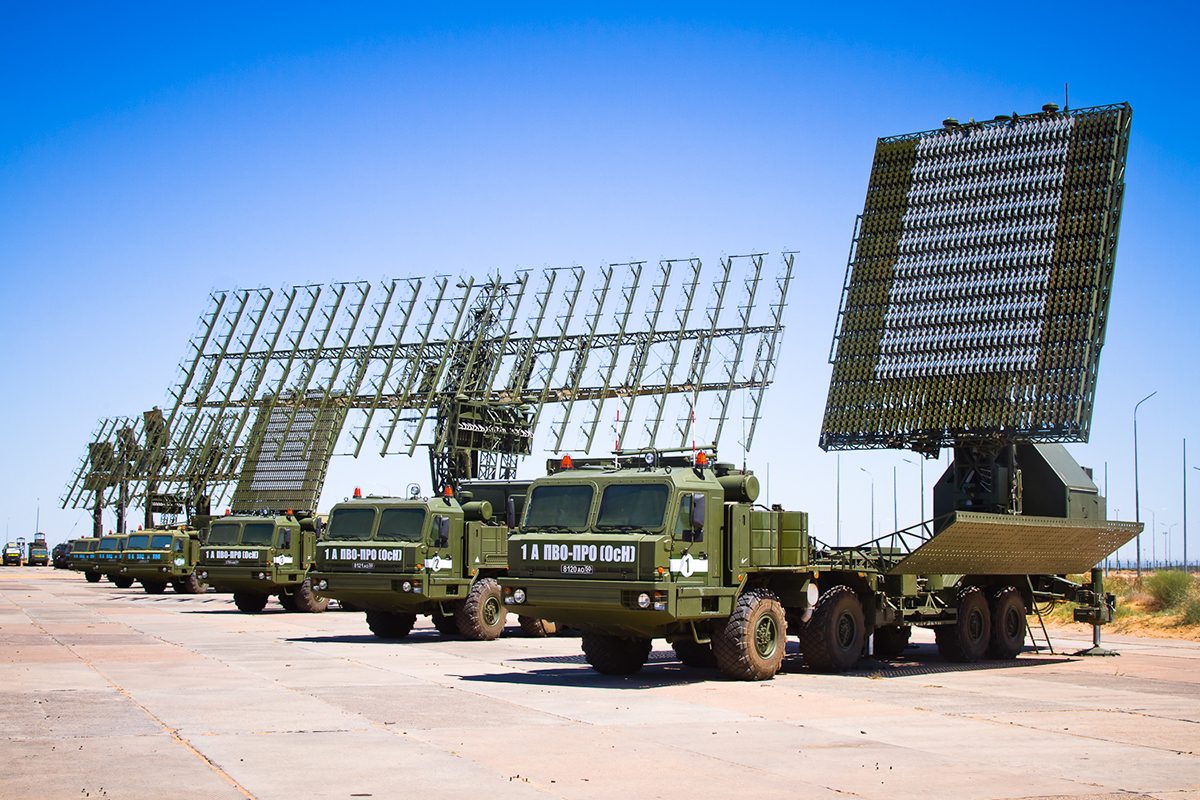
2. A Rare Nebo-U Radar Rendered Inoperable
The Prymary unit also hit a Nebo-U long-range air defense radar, allegedly putting it out of commission. The system can track targets at 20 km altitudes and ranges of up to 400 km, relaying vital information into Russia’s air defense network. Militarnyi pointed out that the Nebo-U is not dedicated to one missile system but serves as the foundation for constant airspace surveillance. Its destruction, if true, would be a major blow to Russian situation awareness over Crimea.
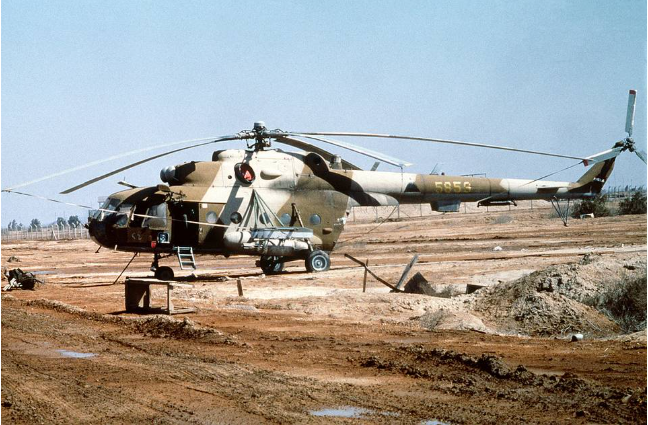
3. Earlier Crimea Airbase Strike Paved the Way
On September 1, Russian defenses at the Gvardeyskoye airbase north of Simferopol were penetrated by Ukrainian drones, which destroyed at least two Mi-8 helicopters. AviVector satellite analysis confirmed the damage, with fires observed where Mi-8 and Mi-24 helicopters were deployed. The Kyiv Independent placed Russian losses in that operation at $20–30 million, revealing the economic cost of prolonged drone campaigns.

4. Naval Assets Also in the Crosshairs

The same DIU video contained another attack on a Project 04690, BUK-2190 tugboat in Sevastopol Bay. The ship facilitated an elite Russian naval unit that was experienced in underwater sabotage. According to Ukrainian intelligence, the damage to the tugboat “considerably restricts the combat potential” of the unit and hinted at the sinking of the vessel. These maritime attacks expand the scope of Ukraine’s drone warfare from the confines of airfields to naval supply chains.
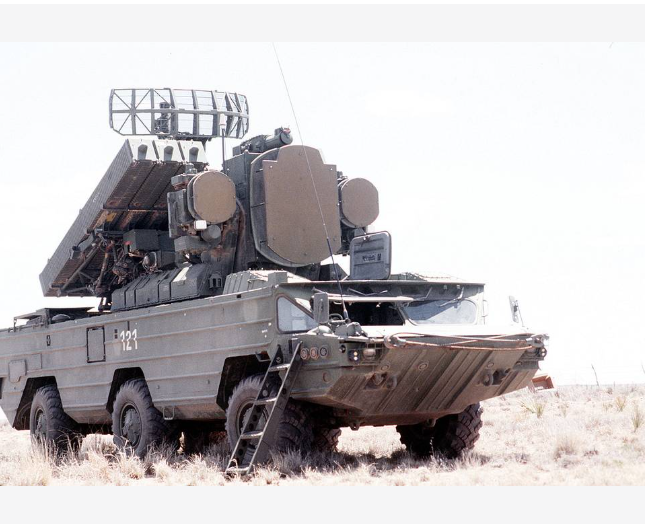
5. The Prymary Unit’s Campaign in Crimea
In the last year, the Prymary special unit has waged an extended campaign against Russian radar and anti-aircraft systems in Crimea. By weakening these defenses, Ukraine has made it possible for long-range drones to fly more freely over the peninsula. This strategy is a conscious approach to taking down the layered defenses that guard valuable Russian assets.

6. Lessons on Helicopter Vulnerability
The conflict has revealed the vulnerability of helicopters in contested airspace. Neither of the warring sides in Ukraine, retired U.S. Army aviator Greg Coker said, has advanced night flying capabilities or modern survivability gear. Without those, helicopters fly low and hot, using terrain cover tactics not always being seen in Ukraine. Russia has lost nearly 200 helicopters, highlighting the dangers of flying without air dominance.

7. Drone Warfare’s Strategic Impact
Ukraine’s drone use is reflected in the general trend towards unmanned platforms dictating the combat landscape. The purported “drone wall” strategy a defensive drone network of UAVs has been effective at halting advances. Local manufacturing is expected to hit four million drones this year, although President Zelenskyy stated that output may be doubled with the right funding. NATO members, witnessing Ukraine’s success, are investigating similar drone defenses along the eastern border.

The Crimea attacks display a coming together of strategic need and tactical creativity. By marrying precision drone strikes to methodical breakdown of enemy defenses, Ukraine is refashioning the art of combat against a technologically sophisticated foe. With both sides learning from this, the implications of these operations will determine not only the fate of this conflict but also the doctrines of future conflicts in which unmanned systems are a determining factor.
